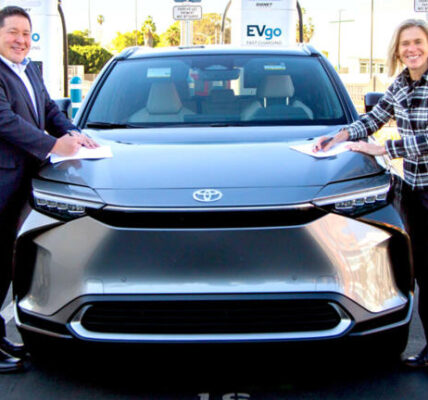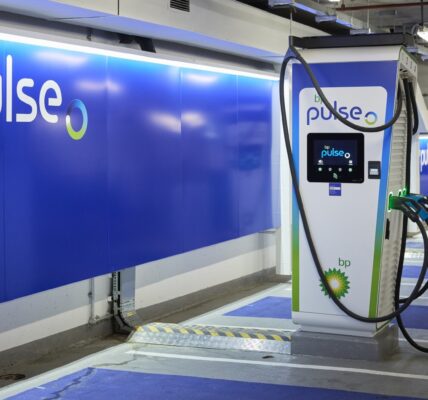When John Martinson decided to take a road trip from Phoenix to Newfoundland, Canada, he knew it was not going to be an ordinary trip. He would drive an electric vehicle. Martinson and his wife have owned 10 of them, and he says there is a reason he decided to take the family’s Tesla on the trip instead of his Rivian. “There’s a huge Tesla charging network,” said Martinson.He says it would have been more challenging to take the Rivian, but not because the vehicle has problems.
Martinson says the Rivian is his favorite car. But Martinson and other EV drivers who spoke to Arizona’s Family say the charging network available to non-Tesla vehicles is simply more limited and less reliable. “I would wonder if the stations were working where I was going,” said Martinson.In the world of North American electric vehicles, there are essentially two types of charging stations – Tesla stations and everything else.
“There are a number of things that still need to be improved,” said John Morrill, who owns an electric Jaguar.He also loves his vehicle, but he says on long road trips, the charging network often requires him to drive out of his way to find a charging station that is functioning properly. “For those few days you go out of town, you kind of have to plan,” said Morrill.
Arizona’s Family analyzed charging station data from the U.S. Department of Energy. We found charging stations concentrated in cities like Phoenix, Tucson and Flagstaff. In some stretches of freeway, it is common to go 200 miles between so-called “fast chargers.”Martinson says Arizona’s Indian reservations need fast chargers.
So does the stretch of highway between Phoenix and Kingman and Interstate 40, east of Flagstaff. But Martinson says he’s never going back to a gas vehicle. “Traveling in an electric car is delightful. It is absolutely the best thing ever,” he said.








